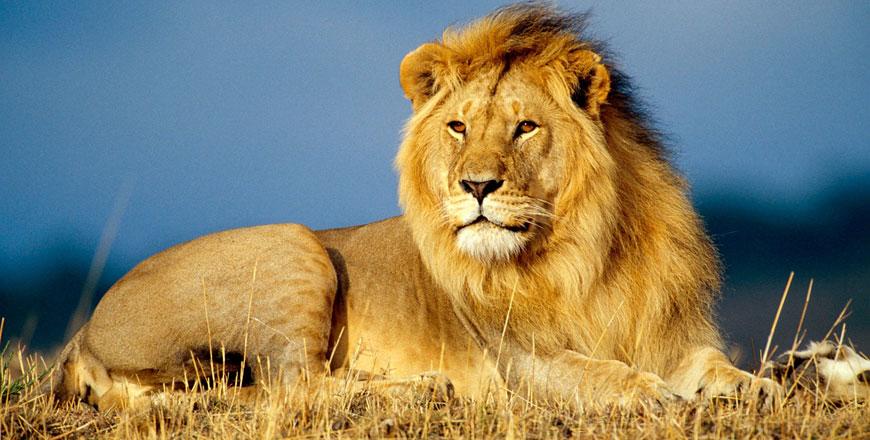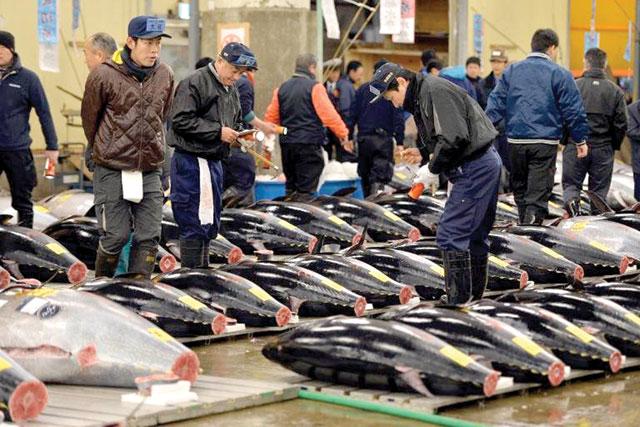You are here
33 species in Jordan risk extinction — book
By Bahaa Al Deen Al Nawas - Oct 14,2020 - Last updated at Oct 14,2020
AMMAN — A total of 33 species, 39 per cent, out of the 85 assessed species in Jordan are considered threatened, according to the first “national red list” assessment book.
Out of the 33 threatened species, 10 are “critically endangered”, 20 are “endangered” and three are “vulnerable”, according to the list.
The results have also shown that five species, 6 per cent, were considered to be “near threatened”, three (3 per cent) are “data deficient”, 38 are “least concern”, and six, 7 per cent, are “regionally extinct”.
The assessment book of 85 mammal species in Jordan has been published this year by the International Union for Conservation of Nature (IUCN), authored by Ehab Eid, Mohammad Abu Baker and Zuhair Amr.
“Jordan, through the Environment Ministry, is considered the focal point for implementing the Convention on Biological Diversity, which was signed and ratified by the Kingdom,” Eid told The Jordan Times on Monday over the phone.
The convention has three goals: “The conservation of biological diversity, the sustainable use of its components and the fair and equitable sharing of benefits arising from genetic resources,” according to Eid.
Following the Regional Red Listing guidelines of the IUCN, the “red list” publication identifies the species that are threatened with extinction at a regional level to take the necessary conservation action to improve their status, Eid said.
“In the book, we also use the words ‘regional assessment’ because some species migrate and cross borders, which affects the status of the species we have in Jordan,” he said.
For example, if an endangered animal in the Kingdom sees more animals coming from other countries, it helps reduce the danger, he noted.
The book assesses the conservation of terrestrial mammals in Jordan in order to help rearrange conservation priorities and maximise the effectiveness of conservation measures. Moreover, the book aims to facilitate the development of integrated national conservation strategies, according to the executive summary.
According to the assessment, the majority of species are in danger, with the main threat to all mammal species being “indiscriminate and sustained persecution through hunting, trapping and poisoning”.
“Other threats include habitat destruction and degradation through overgrazing, expansion of roads and settlements and commercial and industrial development,” the executive summary added.
“The danger is alarming, when we say that 33 out of 85 species are threatened with extinction, and if proper protection is not implemented effectively, in the next few years, we might actually lose the threatened and critically endangered species, disappearing and becoming extinct,” it said.
To combat the threats, conservations methods suggested include establishing conserved areas, including protected areas and special conservation areas that mammals can survive within, according to the book.
When asked about the impact of mammal extinction on the Kingdom, Eid said that the direct impact would cause an environmental imbalance. It will also have an economic impact as certain species in certain areas, such as Wadi Rum, attract tourists and their disappearance will disrupt tourist movement.
“We need a swift and serious response, because if biodiversity is not protected and this sector is not focused upon, we will lose a lot of the diversity in Jordan,” Eid said, urging the concerned authorities to take proper action towards protecting the endangered species.
“Effective law enforcement is needed where more staff should be allocated and trained. A sustained public awareness campaign is also required across Jordan to highlight the ecological importance of mammals and to counter the prevailing negative attitude towards them,” the executive summary said.
Research on ecology, population and conservation status of mammals is needed and must be encouraged within academic institutions, in addition to establishing a natural history museum and a zoological garden as tools to enhance the documentation of records as well as increasing public awareness, the summary concluded.
Related Articles
PARIS — More than half of species whose endangered status cannot be assessed due to a lack of data are predicted to face the risk of extinct
GENEVA — The mighty lion, reclusive cave crabs and the world’s rarest sea lion are among nearly 23,000 species at risk of dying out, a top c
The Pacific bluefin tuna, a fish used in sushi and sashimi dishes, is at risk of extinction as the global food marketplaces “unsustainable pressure” on the species and others, a conservation body recently warned.














